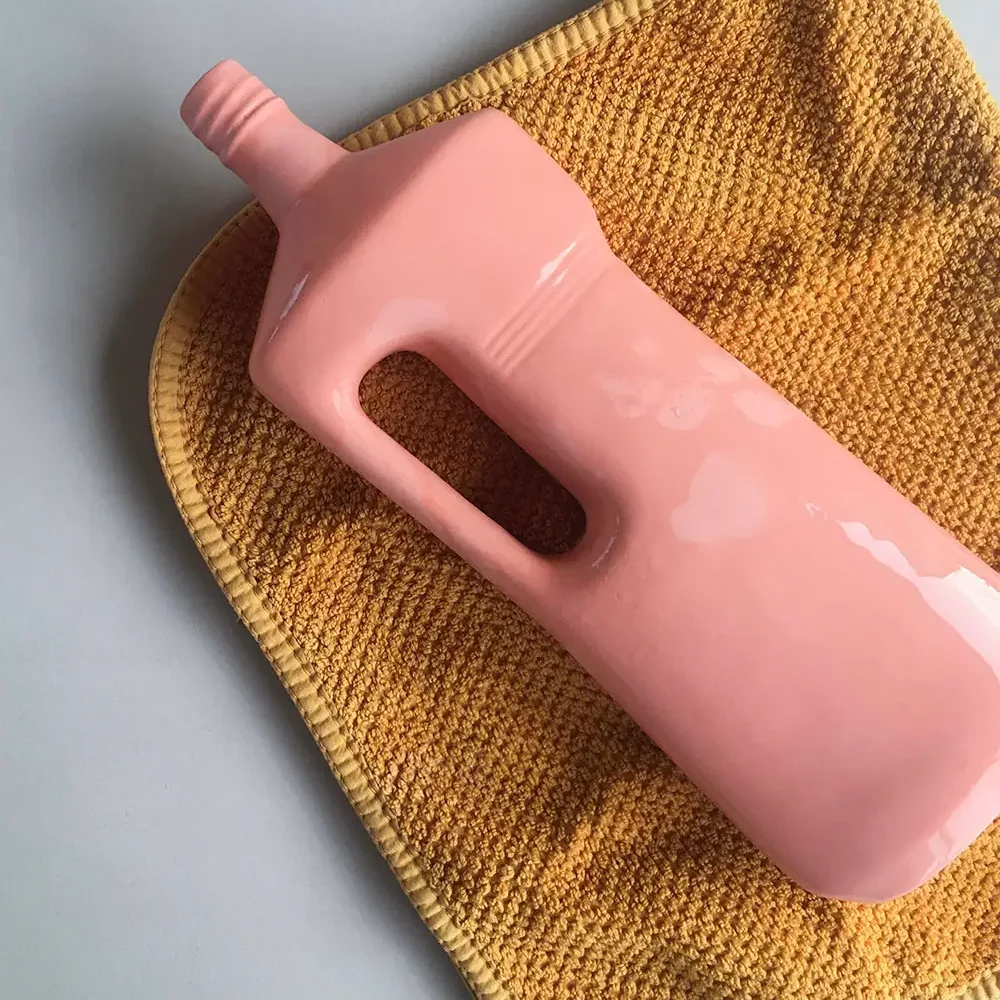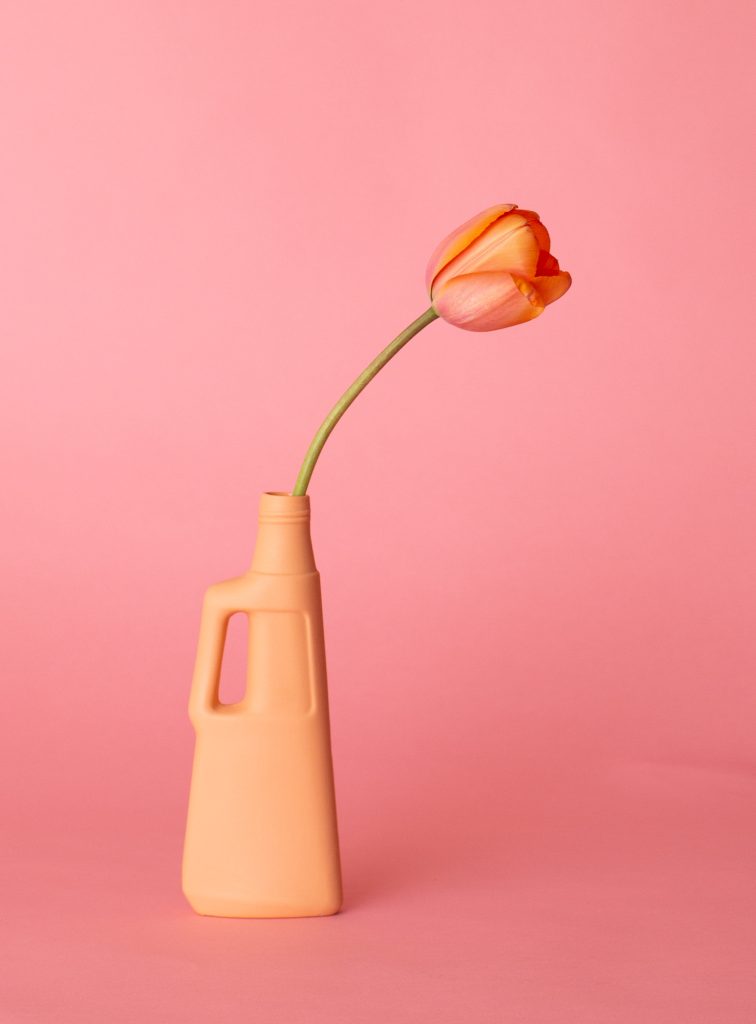
fits one or two flowers
glazed on the inside so suitable as vase
high fired bisquit colored porcelain, super mat like washed up plastic
Foekje Fleur stamp on bottom
“The Bottle Vase Project was inspired by a collection of plastic trash from the river Maas in Rotterdam, the Netherlands. After reading about plastic soup, I started looking more carefully at the river running through my home town and found plastic waste that had been accumulating there since the 1960s.
By creating durable colorful porcelain bottle vases copies of the material I find, I’m trying to spread awareness of this ever growing problem.”
An area in the North Pacific Ocean, also known as ‘the great pacific garbage patch’, is characterized by exceptionally high concentrations of plastics that have been trapped there by the circulating currents. Plastic waste drifts there from all over the world, after floating down rivers into seas. Plastics are not biodegradable; they only break down into smaller pieces called microplastics. These are extremely dangerous as they enter the food chain and threaten all kinds of species, including human beings.
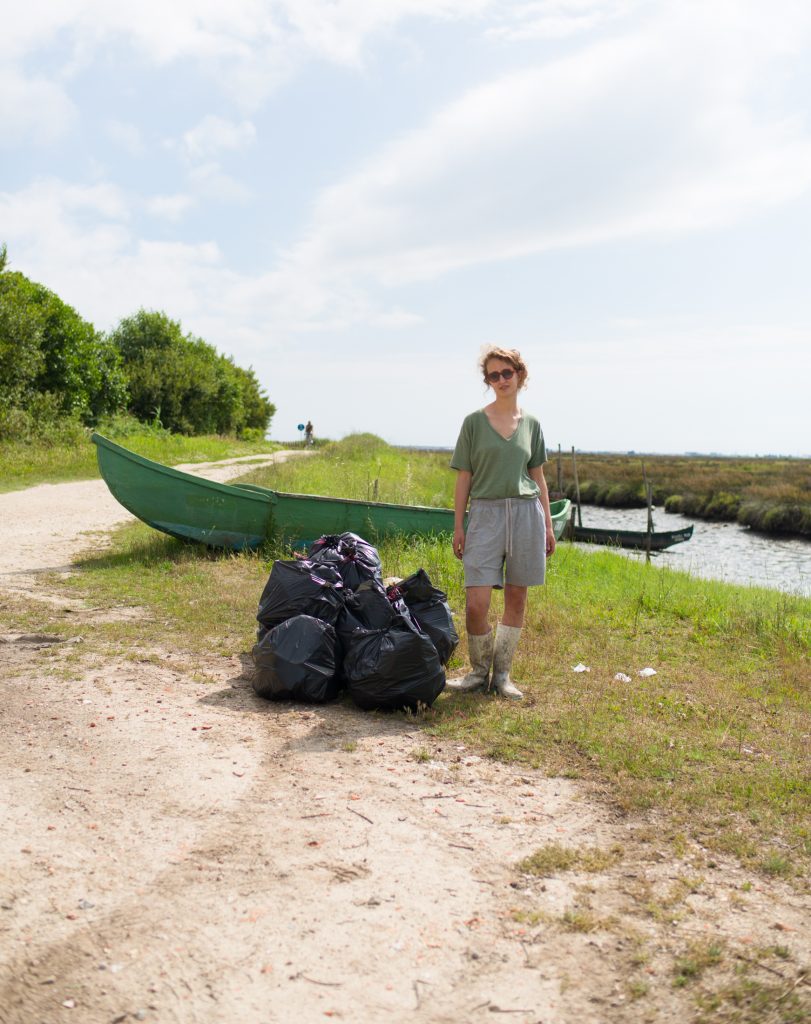
The plastic bottles found by Foekje are used to create moulds. Pigmented liquid porcelain is poured into the moulds, leaving a thin layer that forms the shape. After drying, the inside of the bottle is glazed lead-free and fired at 1300 ºC. Foekje used to make all bottles herself but now has help from Marcel and Rosa because it’s a lot of handwork. And because of all this handwork, none of the bottles are exactly the same: small stains and deformations occur and these add to the beauty of the product.
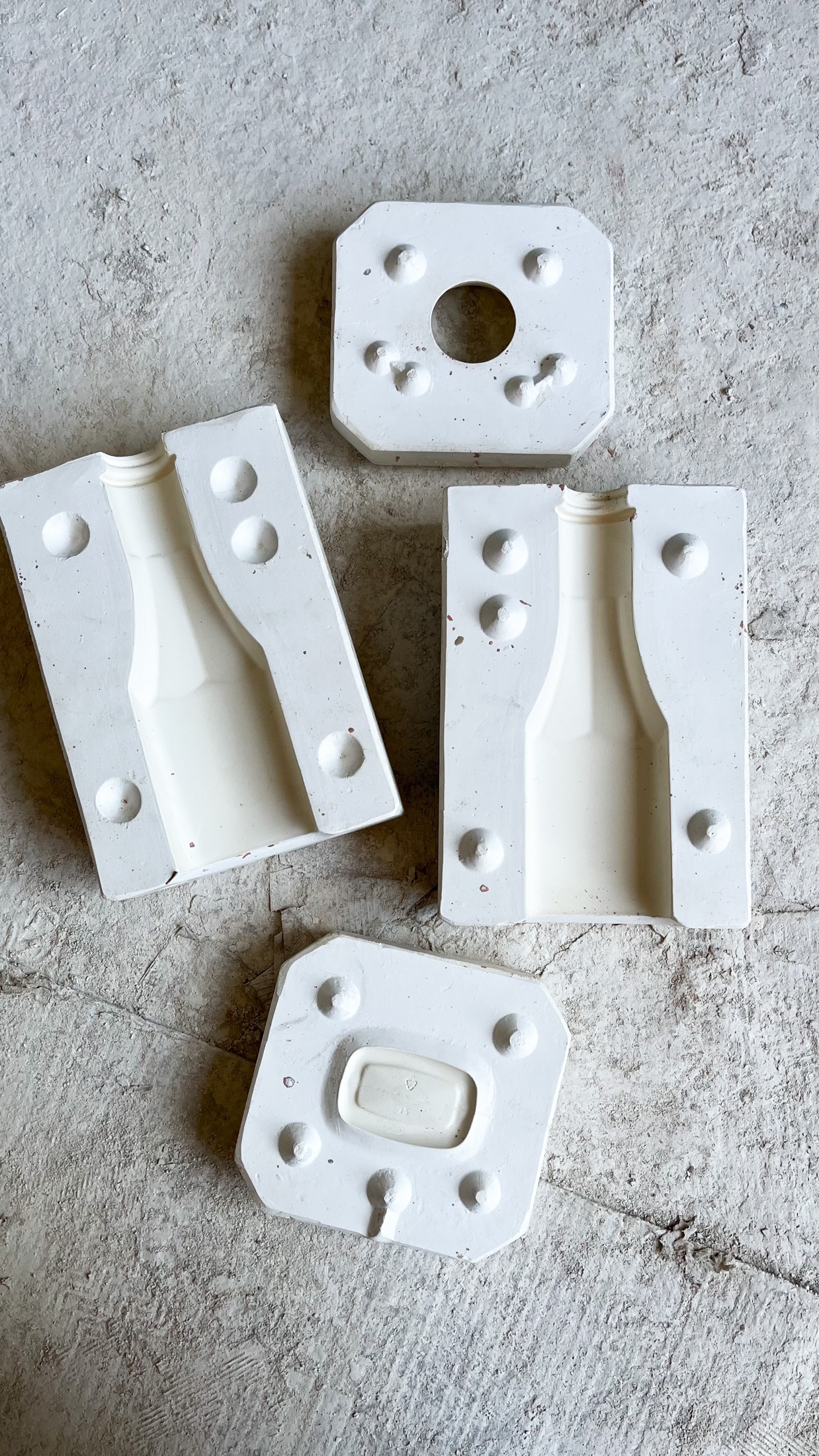
The colours of the Bottle Vase Project are all inspired by the colours of the plastic finds, faded by the water and the sun they become very mat pastels. We use pigments that we mix into the clay, instead of coloured glaze (however the inside is glazed translucently to make the vase waterproof). The dept of the colour varies with the place of the vase in the kiln, in the lower parts the temperature ‘only’ reaches 1290 degrees Celcius so these colours develope slighty less than the colours high in the kiln that reach over 1300 degrees Celcius. It is important to keep in mind this is a digital experience on a screen that might be different in real life, depending on your screen, lighting at home etc. I choose these colours to mix and match perfectly, it’s impossible go wrong, but don’t hesitate to contact us with questions.
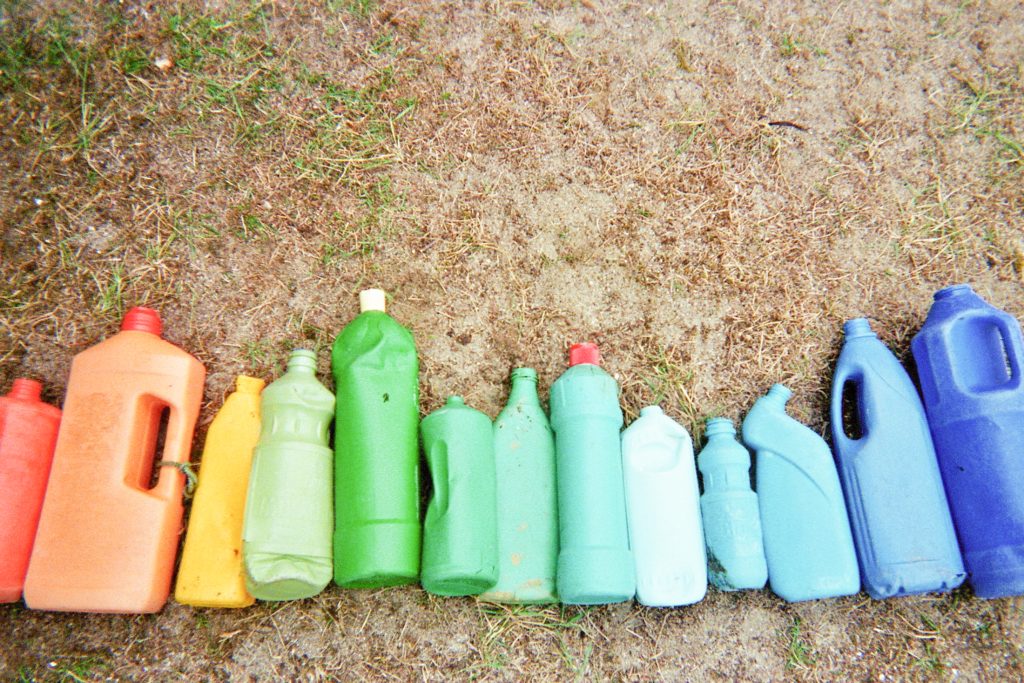
maas collection
since 2012 Foekje collaborates together with Middle Kingdom, a company led by a husband-wife team, the Jias. They combine their love for Chinese history with their passion for traditional craft. In their Jingdezhen workshop, they give a contemporary voice to classic porcelain techniques. Inspired by history and other artistic disciplines, Middle Kingdom’s craftsmen remain faithful to the materials and their artistry.
world collection
People all over the world were inspired by the Bottle Vase project and have cleaned beaches at home or on holiday. The world collection consists of bottles from all over the world and is being handmade near Aveiro in Portugal. The collection may expand as long the plastic soup problem exists.

fits one or two flowers
glazed on the inside so suitable as vase
high fired bisquit colored porcelain, super mat like washed up plastic
Foekje Fleur stamp on bottom
“The Bottle Vase Project was inspired by a collection of plastic trash from the river Maas in Rotterdam, the Netherlands. After reading about plastic soup, I started looking more carefully at the river running through my home town and found plastic waste that had been accumulating there since the 1960s.
By creating durable colorful porcelain bottle vases copies of the material I find, I’m trying to spread awareness of this ever growing problem.”
An area in the North Pacific Ocean, also known as ‘the great pacific garbage patch’, is characterized by exceptionally high concentrations of plastics that have been trapped there by the circulating currents. Plastic waste drifts there from all over the world, after floating down rivers into seas. Plastics are not biodegradable; they only break down into smaller pieces called microplastics. These are extremely dangerous as they enter the food chain and threaten all kinds of species, including human beings.

The plastic bottles found by Foekje are used to create moulds. Pigmented liquid porcelain is poured into the moulds, leaving a thin layer that forms the shape. After drying, the inside of the bottle is glazed lead-free and fired at 1300 ºC. Foekje used to make all bottles herself but now has help from Marcel and Rosa because it’s a lot of handwork. And because of all this handwork, none of the bottles are exactly the same: small stains and deformations occur and these add to the beauty of the product.

The colours of the Bottle Vase Project are all inspired by the colours of the plastic finds, faded by the water and the sun they become very mat pastels. We use pigments that we mix into the clay, instead of coloured glaze (however the inside is glazed translucently to make the vase waterproof). The dept of the colour varies with the place of the vase in the kiln, in the lower parts the temperature ‘only’ reaches 1290 degrees Celcius so these colours develope slighty less than the colours high in the kiln that reach over 1300 degrees Celcius. It is important to keep in mind this is a digital experience on a screen that might be different in real life, depending on your screen, lighting at home etc. I choose these colours to mix and match perfectly, it’s impossible go wrong, but don’t hesitate to contact us with questions.

maas collection
since 2012 Foekje collaborates together with Middle Kingdom, a company led by a husband-wife team, the Jias. They combine their love for Chinese history with their passion for traditional craft. In their Jingdezhen workshop, they give a contemporary voice to classic porcelain techniques. Inspired by history and other artistic disciplines, Middle Kingdom’s craftsmen remain faithful to the materials and their artistry.
world collection
People all over the world were inspired by the Bottle Vase project and have cleaned beaches at home or on holiday. The world collection consists of bottles from all over the world and is being handmade near Aveiro in Portugal. The collection may expand as long the plastic soup problem exists.

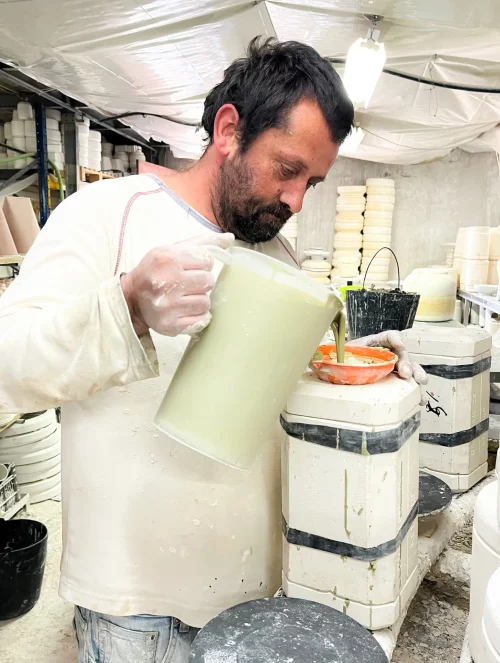
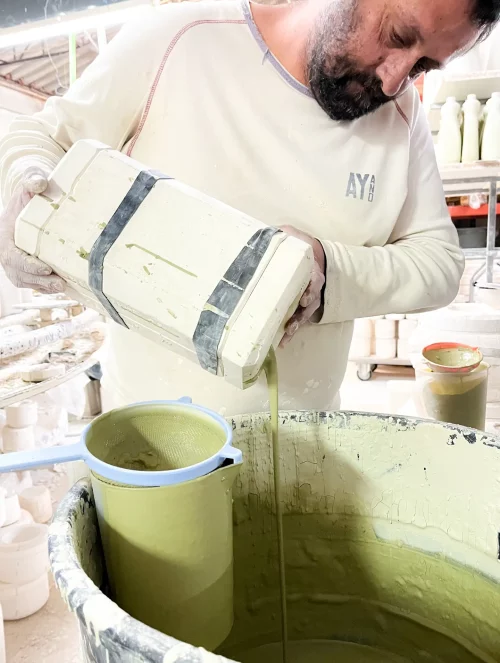

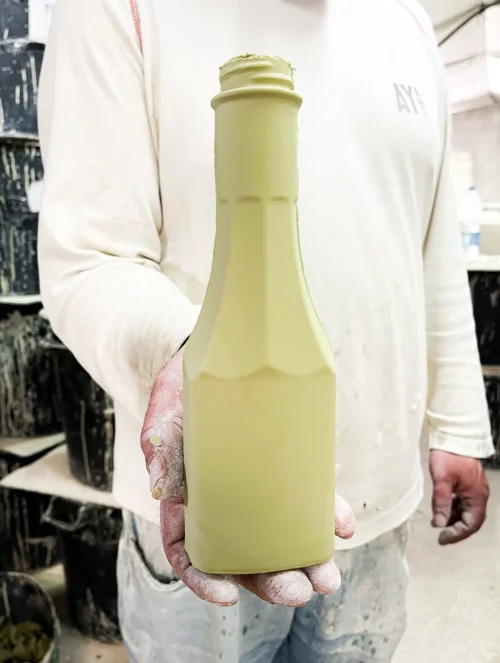

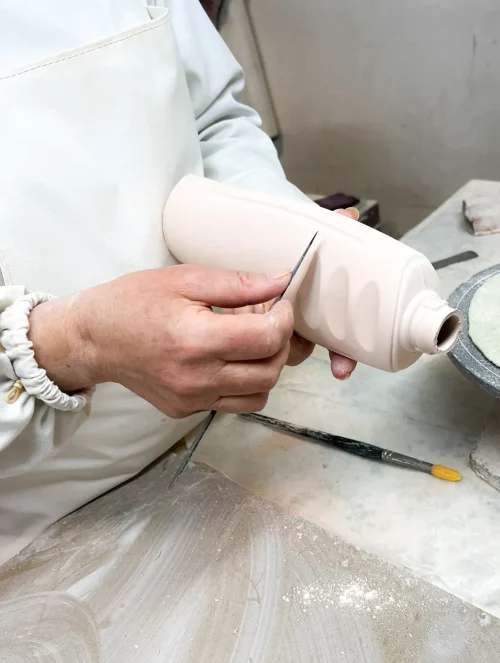
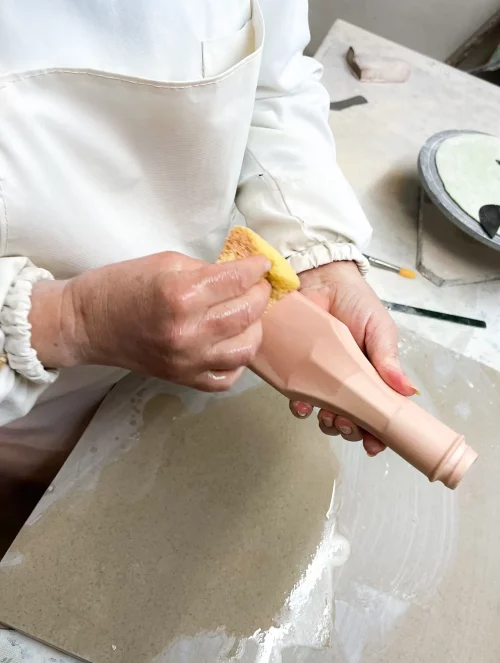
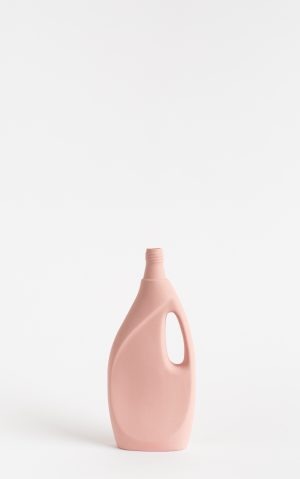

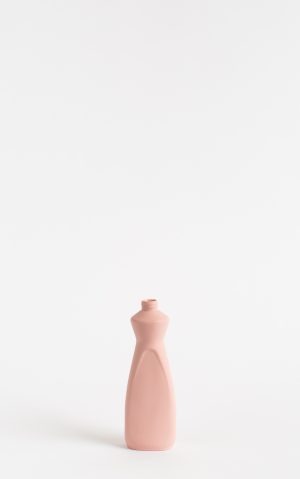


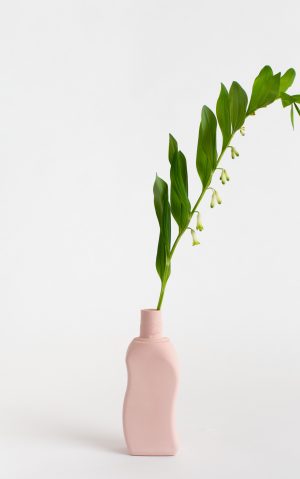

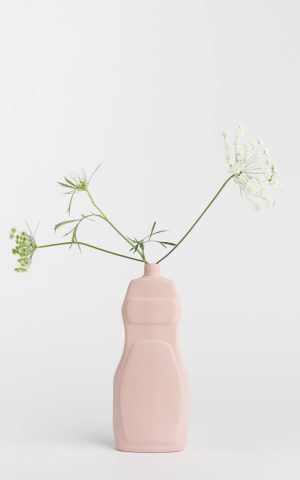


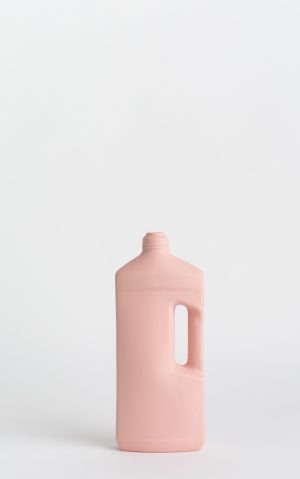
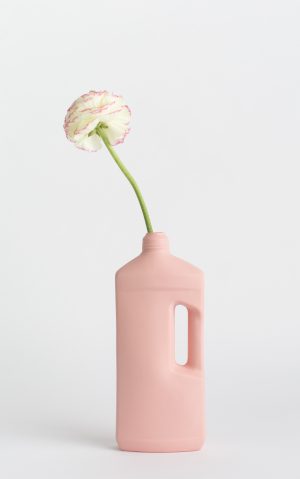
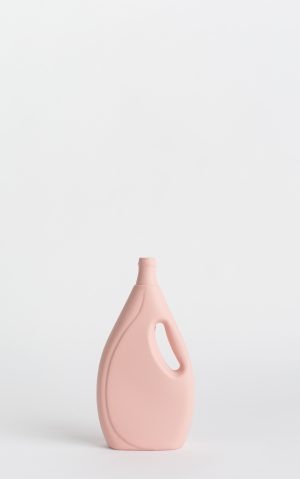

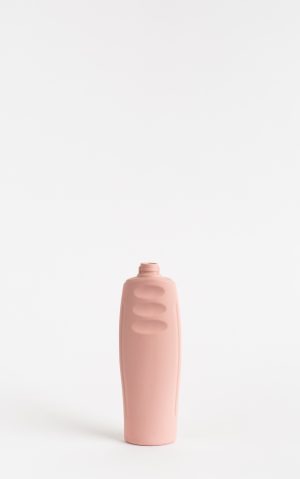
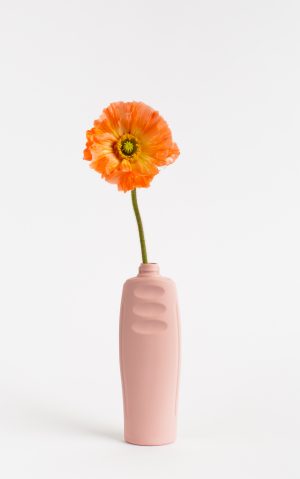
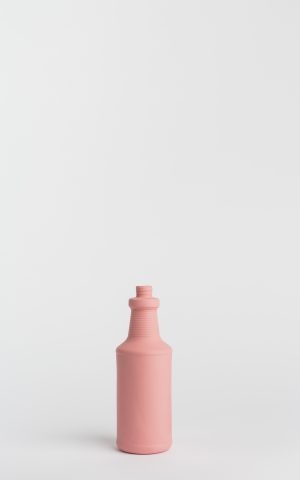
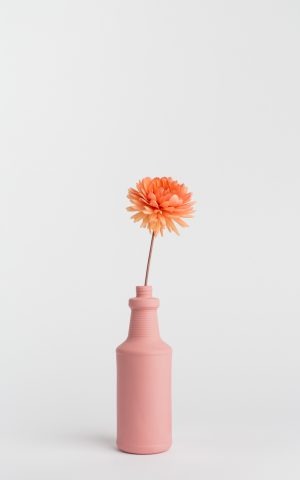

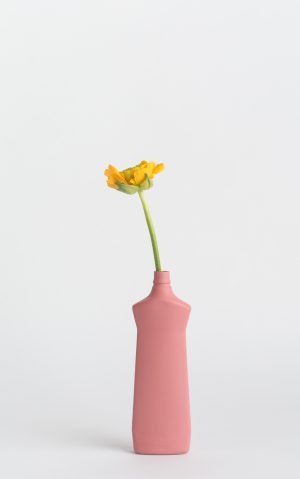
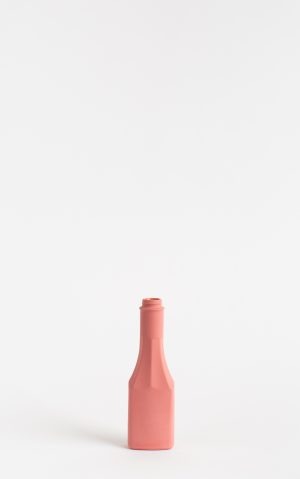

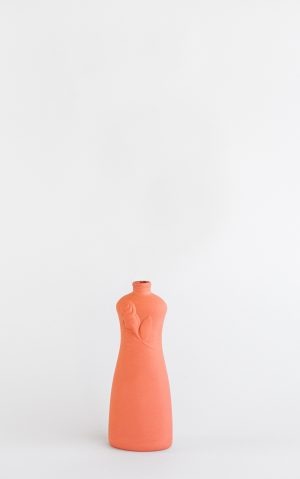
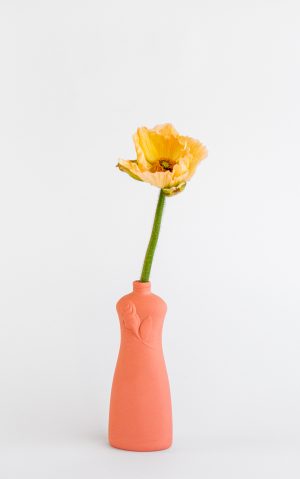


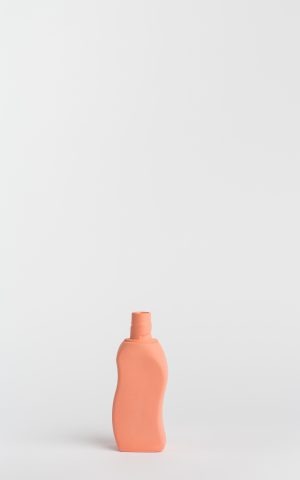
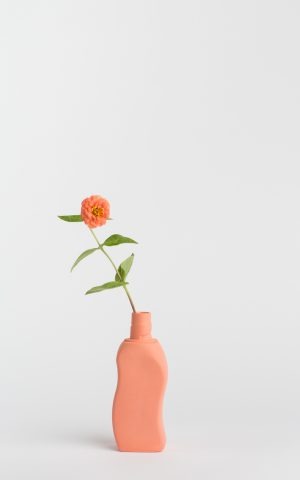
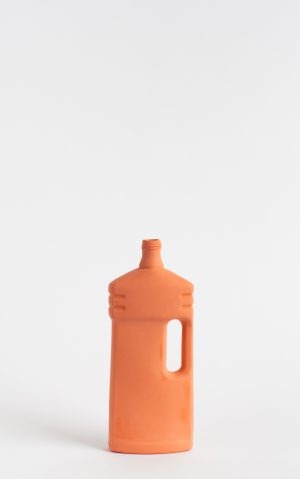
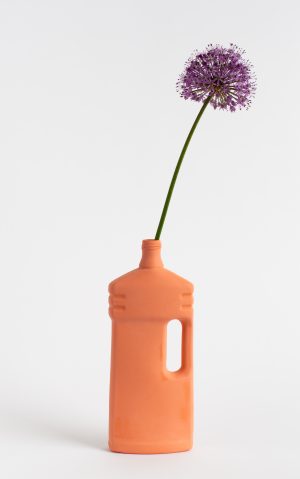
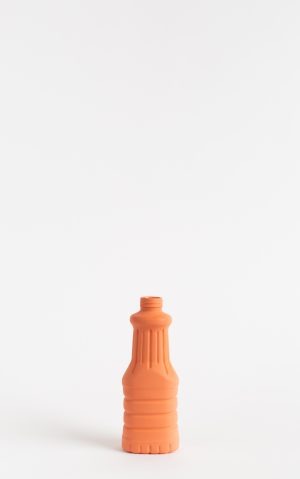

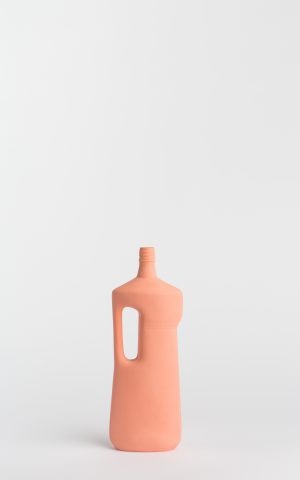
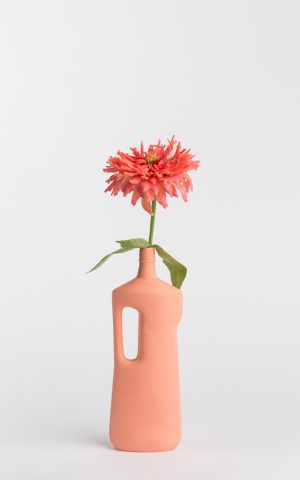
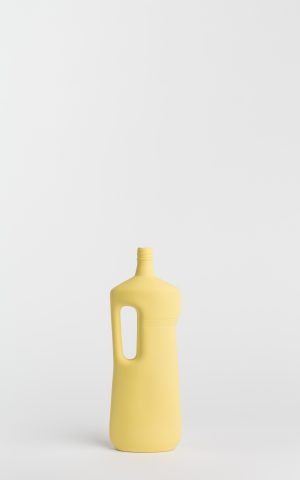
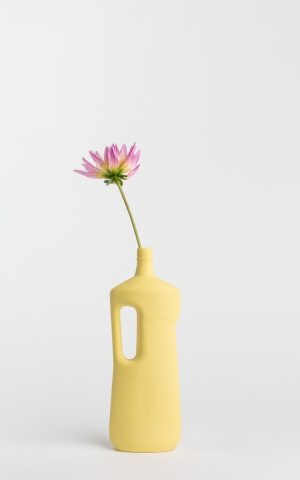

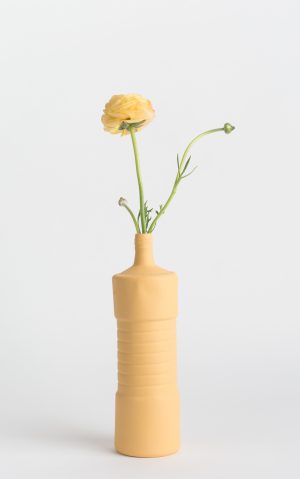
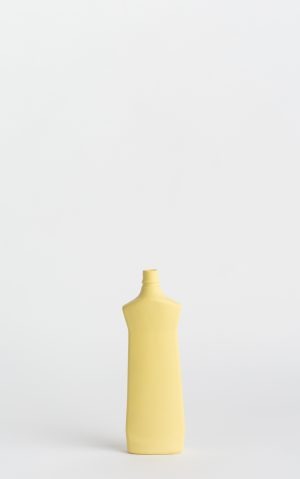

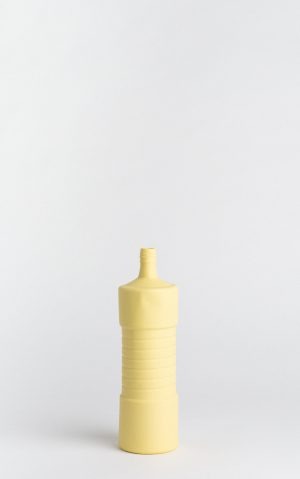
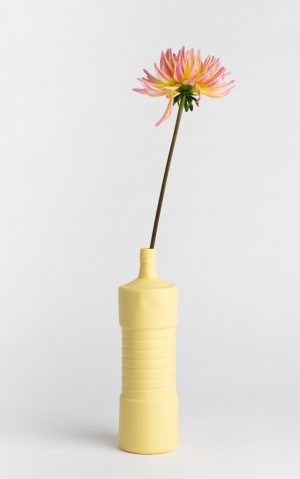

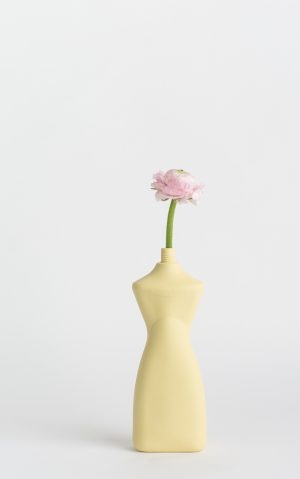
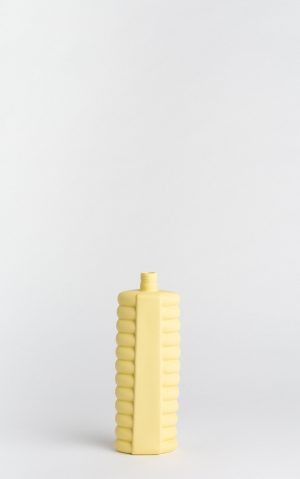
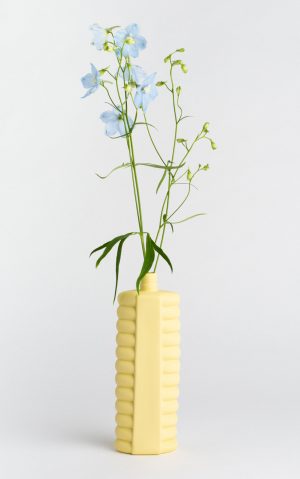
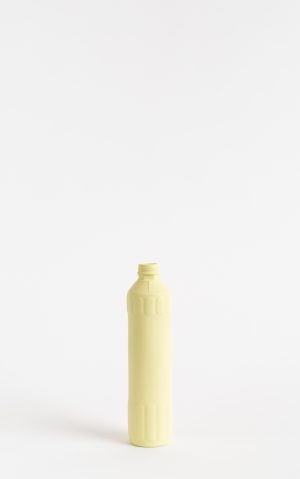

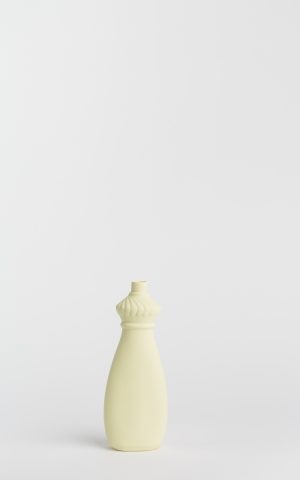
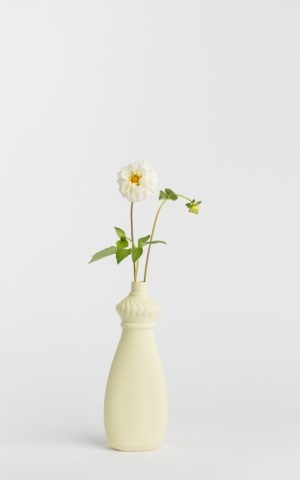
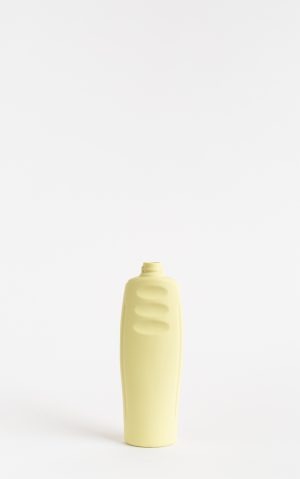
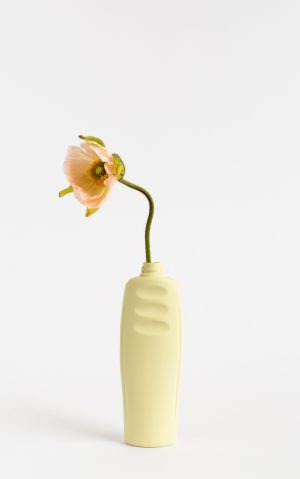
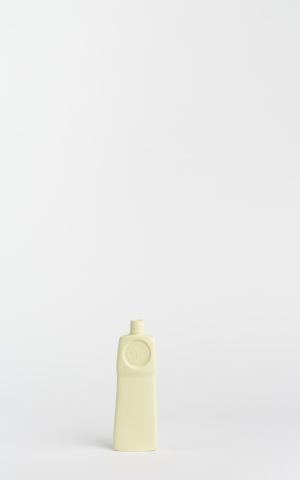
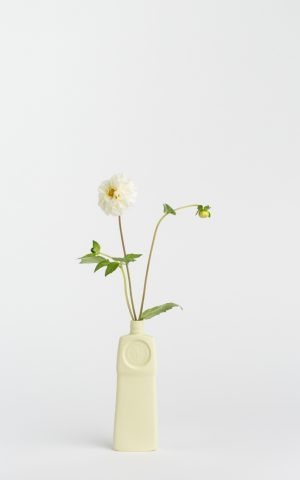

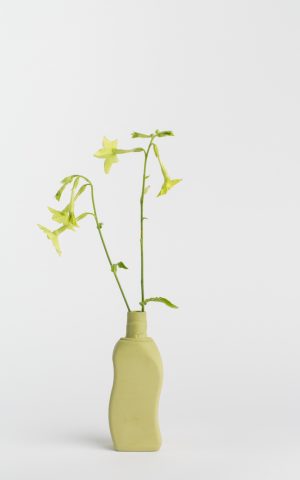


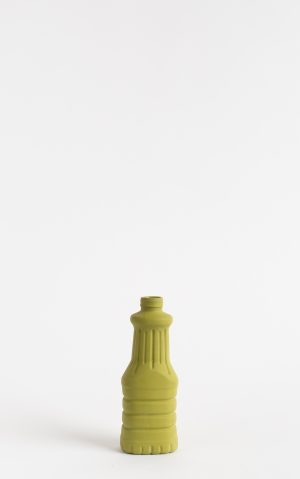

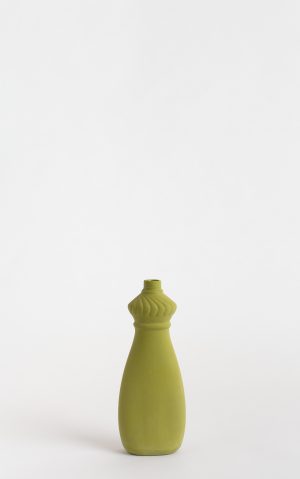
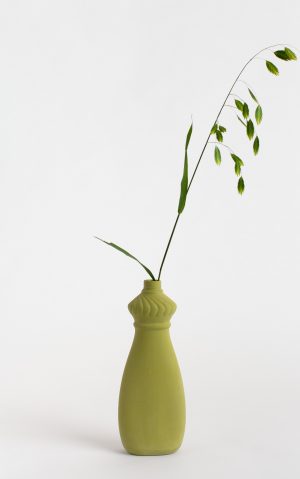
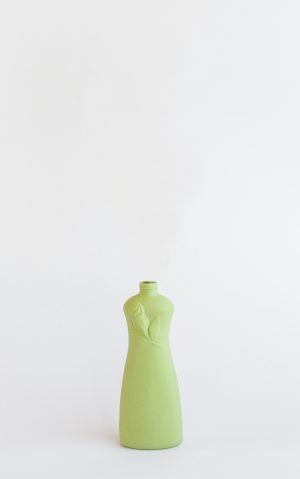

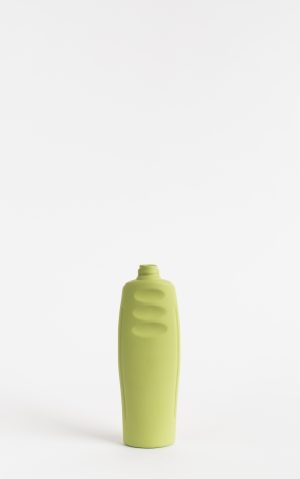


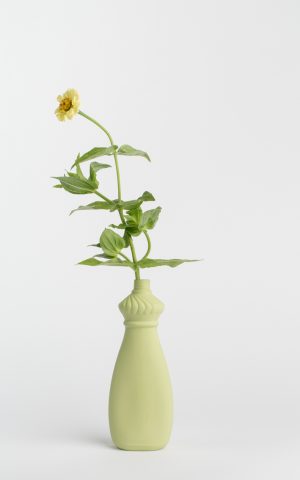

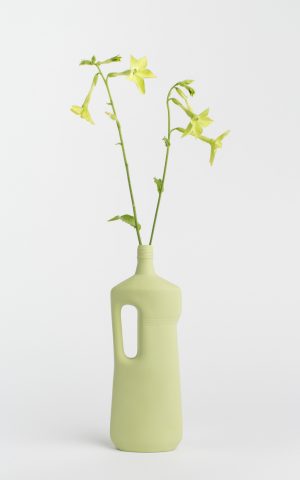

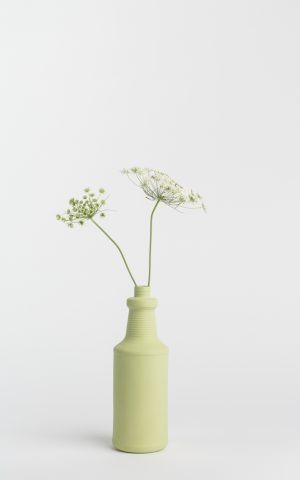
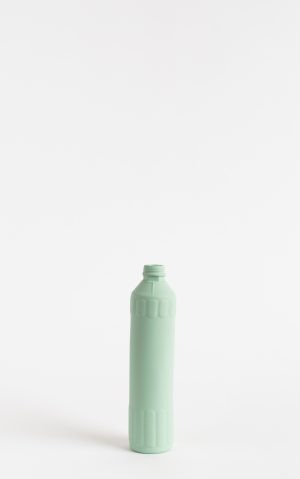
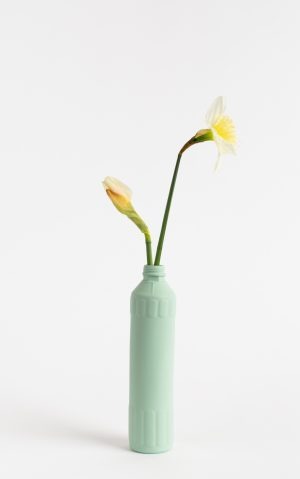
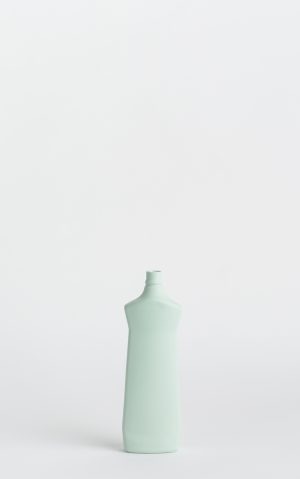

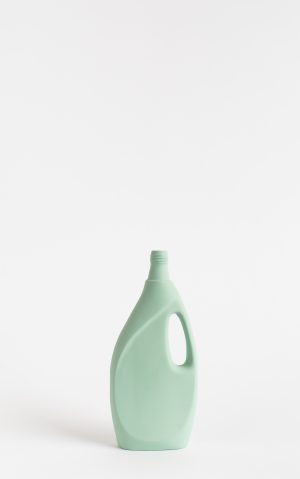
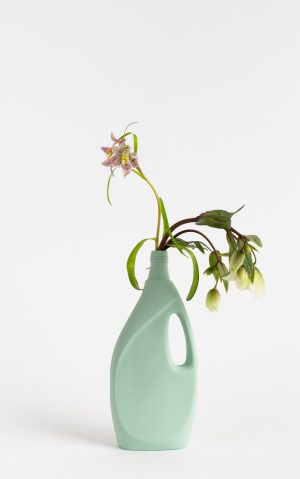
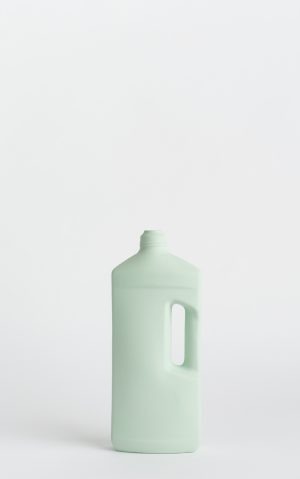

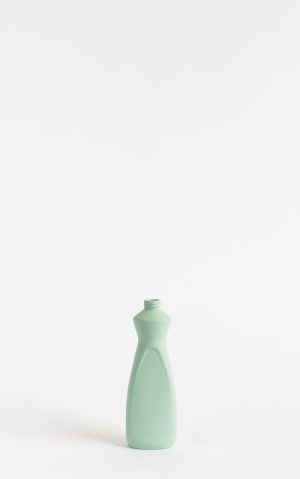
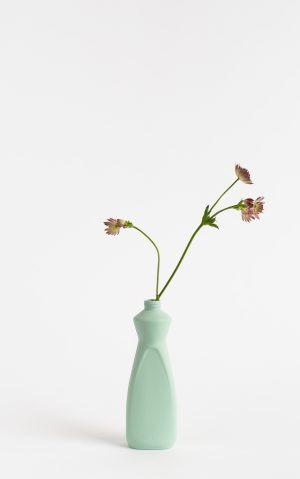
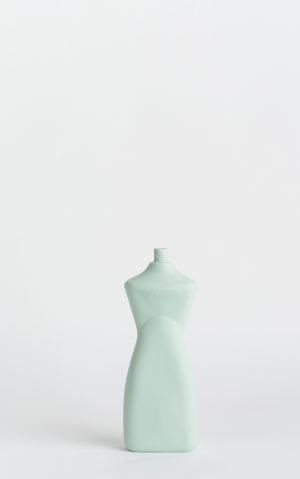
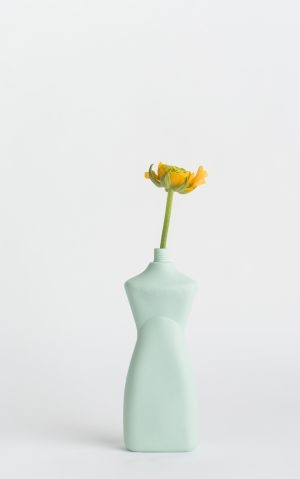
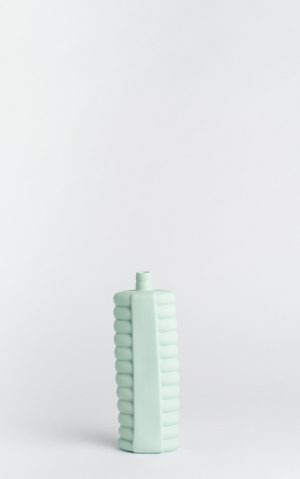
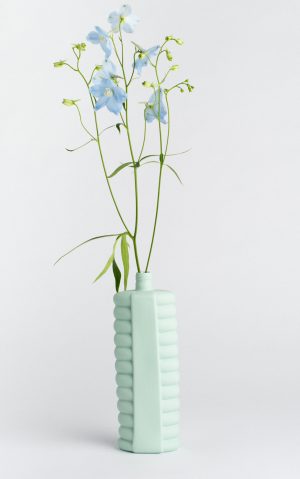
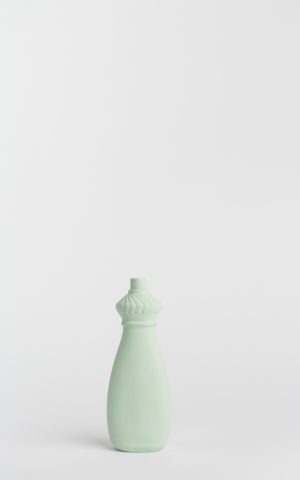
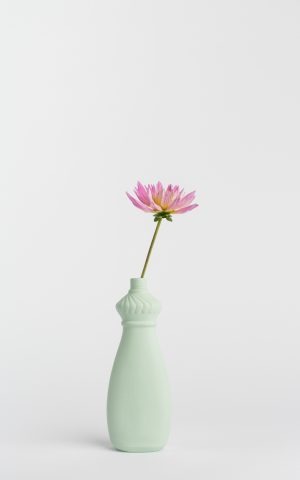
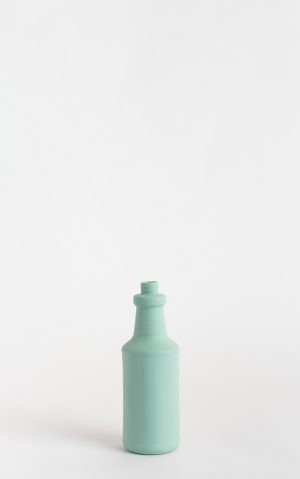

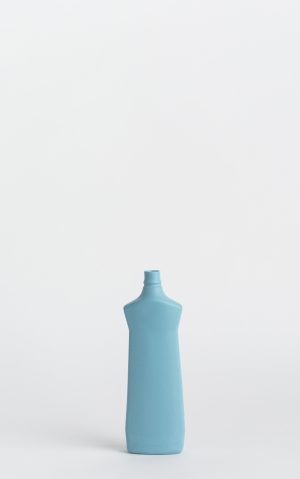

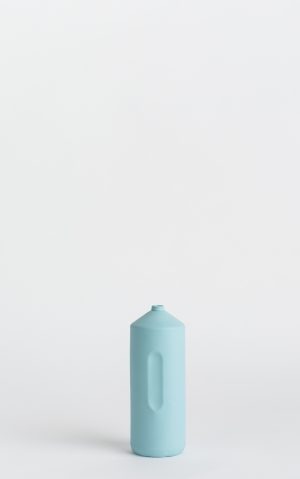
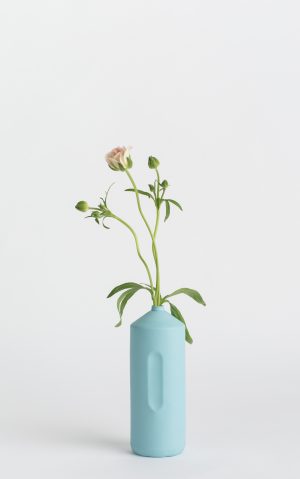
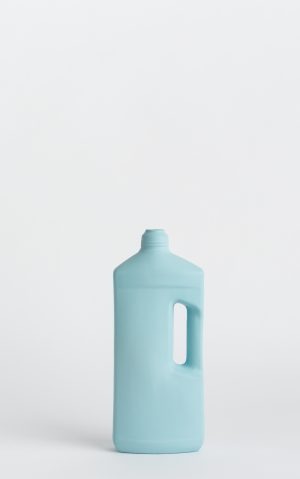
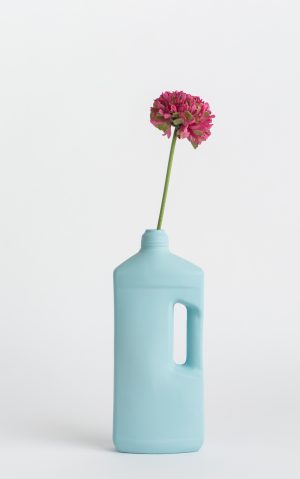
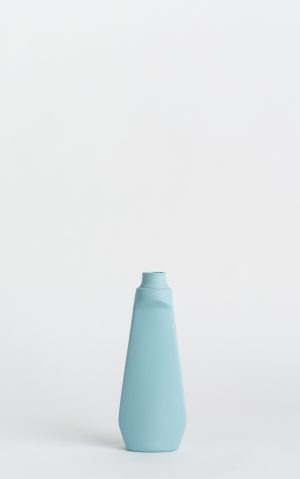
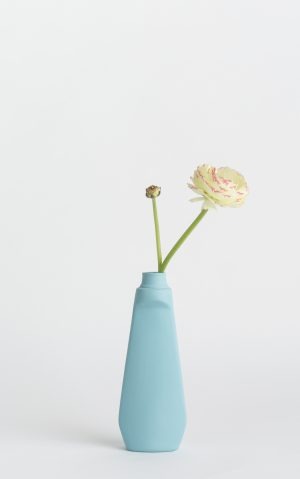
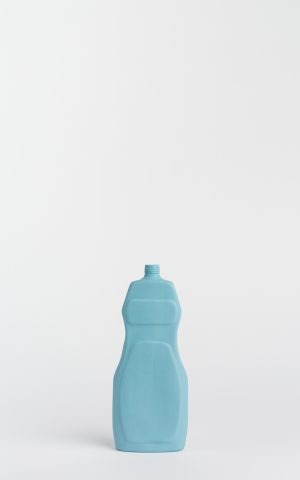


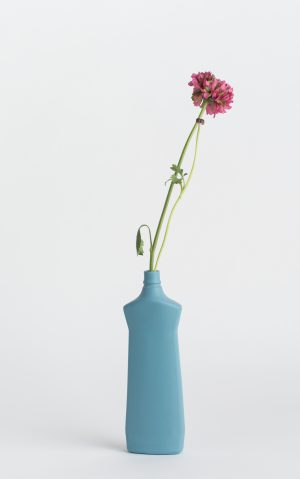
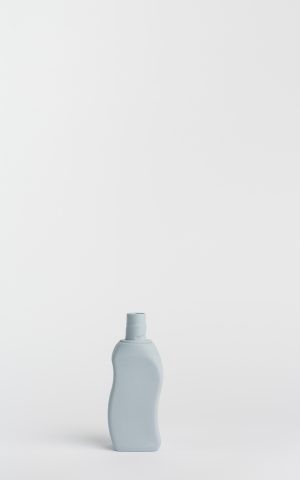
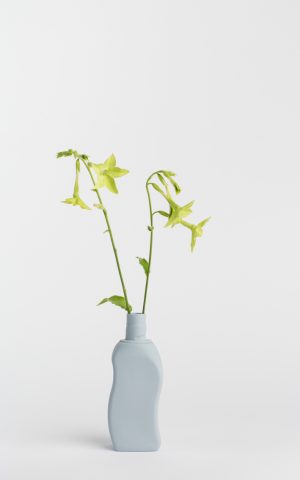
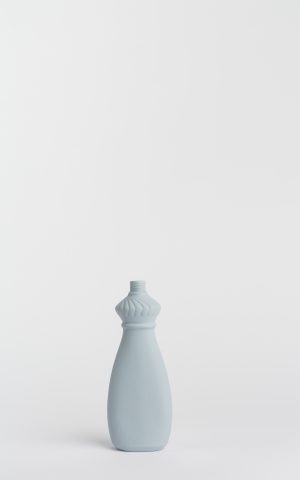
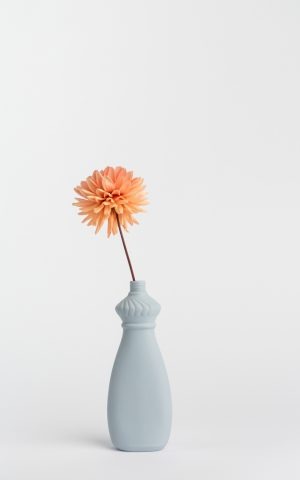
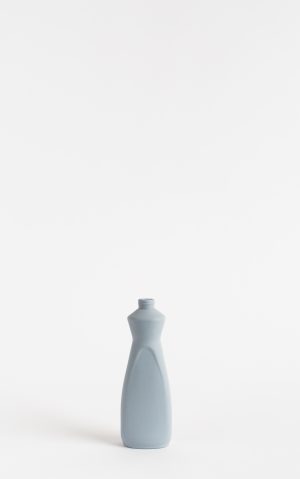
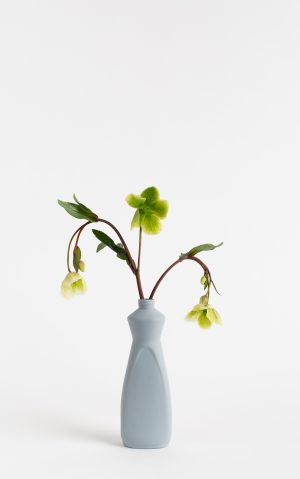
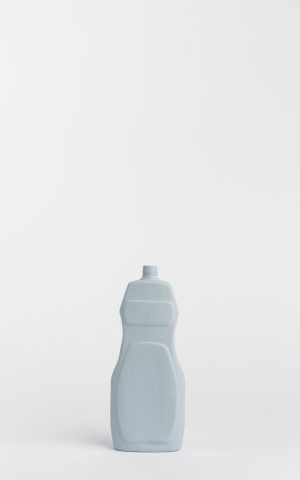

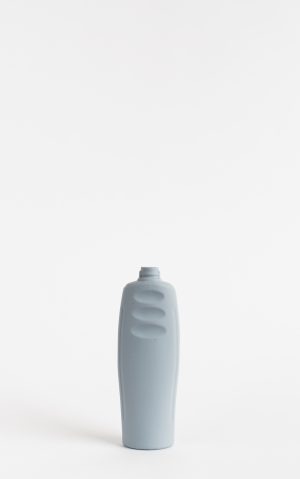
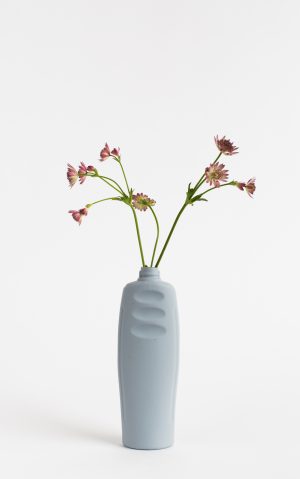
Each year one or two limited editions are launched that are hand-numbered and come in a special handmade collectors box. This series is handmade near Aveiro, Portugal. Please keep on sharing pictures of the vases you find during beach cleanups, on Instagram and tag @foekje_fleur so I can easily find you. The best entries will be invited to send in their bottles and will receive a copied porcelain trophy! Good luck!
Please follow these instructions to keep the outer surface of this bottle vase in a pristine state. After using the vase, wash the bottle with mild soap, warm water, and a brush. Leave it to dry on a clean towel. Grease stains can be removed by rubbing in soft soap, leaving it overnight, and cleaning as directed above. Always keep this bottle indoors and store in a dry place as moist dirt might get into the outer surface over time. Liquids can also be stored in the bottle vase; we suggest using a cork to close the bottle.
